What are the Best Practices for Brushing Your Teeth?
Proper oral hygiene is vital for maintaining a healthy smile and preventing dental issues such as cavities, gum disease, and bad breath. At Dentistry Toothtruth, we are dedicated to providing insights that help you enhance your oral care routine. Brushing your teeth is a fundamental part of oral hygiene, yet many people unknowingly make mistakes that compromise their effectiveness. This guide explores the best practices for brushing your teeth, ensuring your oral hygiene routine meets expert standards.
Choosing the Right Toothbrush
The journey to optimal oral hygiene begins with selecting the right toothbrush. Dental professionals recommend using a soft-bristled toothbrush that fits comfortably in your hand and mouth. According to the American Dental Association (ADA), soft bristles are gentle on your gums while effectively removing plaque. Whether you opt for a manual or electric toothbrush, make sure it provides easy access to all areas of your mouth. Electric toothbrushes, for instance, can be particularly beneficial for those who need assistance with technique or have limited manual dexterity.
The Importance of Toothpaste Selection
Choosing an appropriate toothpaste is a critical step in effective tooth brushing. Fluoride toothpaste is widely endorsed by dental professionals for its ability to prevent cavities and strengthen tooth enamel. Be sure to check for the ADA Seal of Acceptance when selecting toothpaste, as this indicates the product meets stringent safety and efficacy standards. For individuals with specific needs, such as sensitivity or whitening, specialized toothpaste options are available to address these concerns without compromising oral health.
Brushing Technique and Duration
The technique used during tooth brushing is as important as the tools you select. Start by positioning the toothbrush at a 45-degree angle to your gums. Use gentle, circular motions to clean the outer surfaces of your teeth, ensuring that you reach each tooth. Don't forget to brush the inner surfaces and the chewing surfaces. The ADA recommends brushing for at least two minutes, twice a day. For best results, consider splitting your time into 30-second intervals focused on different quadrants of your mouth.
The Role of Regular Flossing
In addition to brushing, regular flossing plays an indispensable role in maintaining oral hygiene. Flossing helps remove food particles and plaque from areas that a toothbrush cannot reach, particularly between teeth and along the gumline. It is advisable to floss once a day, using about 18 inches of dental floss to ensure a fresh section for each tooth. Proper flossing technique involves gently curving the floss around the base of each tooth and carefully moving it up and down.
Consistency and Timing
Consistency in your oral hygiene routine is crucial. Set a regular schedule for brushing and flossing to form a healthy habit. Morning and night are the most effective times to brush, as they coincide with when bacteria levels in the mouth are highest. Be mindful of the timing of your brushing routine, especially after consuming acidic foods or drinks, which can temporarily soften enamel. It is best to wait about 30 minutes to allow your saliva to neutralize acids and harden the enamel again before brushing.
Conclusion: Cultivating a Lifelong Habit
Adopting the best practices for brushing your teeth is a foundational step in preserving your oral health. By choosing the right tools, mastering effective techniques, and maintaining consistency, you can prevent many common dental issues. At Dentistry Toothtruth, we emphasize the importance of education in oral hygiene. Follow these guidelines to ensure a healthy smile for years to come. Remember, your dental health reflects your commitment to self-care, so make these practices an integral part of your daily routine.




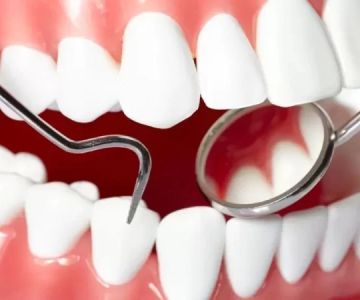
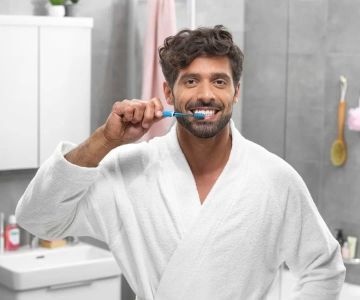
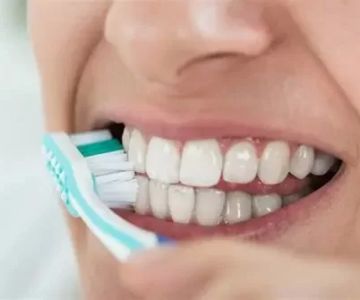
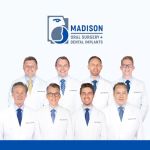 Madison Oral Surgery & Dental Implants4.0 (661 review)
Madison Oral Surgery & Dental Implants4.0 (661 review) Elm Park Dental4.0 (18 review)
Elm Park Dental4.0 (18 review) Arnold J. Fischler, DMD4.0 (4 review)
Arnold J. Fischler, DMD4.0 (4 review) Park Family and Cosmetic Dentistry5.0 (51 review)
Park Family and Cosmetic Dentistry5.0 (51 review)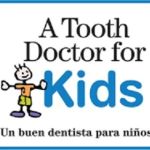 Amir Sobhi, DMD5.0 (1 review)
Amir Sobhi, DMD5.0 (1 review) Palm Valley Orthodontics5.0 (3 review)
Palm Valley Orthodontics5.0 (3 review) The Importance of Oral Health Education During Pregnancy for a Healthy Pregnancy
The Importance of Oral Health Education During Pregnancy for a Healthy Pregnancy Best Tips for Brushing Your Teeth Properly for Healthy Gums: Essential Techniques for Oral Health
Best Tips for Brushing Your Teeth Properly for Healthy Gums: Essential Techniques for Oral Health Why Skipping Dental Checkups Can Lead to Bigger Oral Health Problems
Why Skipping Dental Checkups Can Lead to Bigger Oral Health Problems Advantages of Porcelain Dental Restorations
Advantages of Porcelain Dental Restorations How Can Diabetes Cause Tooth and Gum Problems? Preventing and Managing Oral Health Issues
How Can Diabetes Cause Tooth and Gum Problems? Preventing and Managing Oral Health Issues Healthy Habits for Promoting Good Oral Health and Hygiene: Tips for a Healthy Smile
Healthy Habits for Promoting Good Oral Health and Hygiene: Tips for a Healthy Smile